Comics: A Singular Magic

Comics are everywhere. In newspapers, magazines, graphic novels and, yes, comic books. They’re behind blockbuster superhero movies and The Simpsons. They are an enormous force in our culture. But what exactly is a comic?
Comics are pictures with a narrative - think of them as sequential art. While words are not required, many use speech and thought balloons to add language. Put together, art and words create a language all their own.
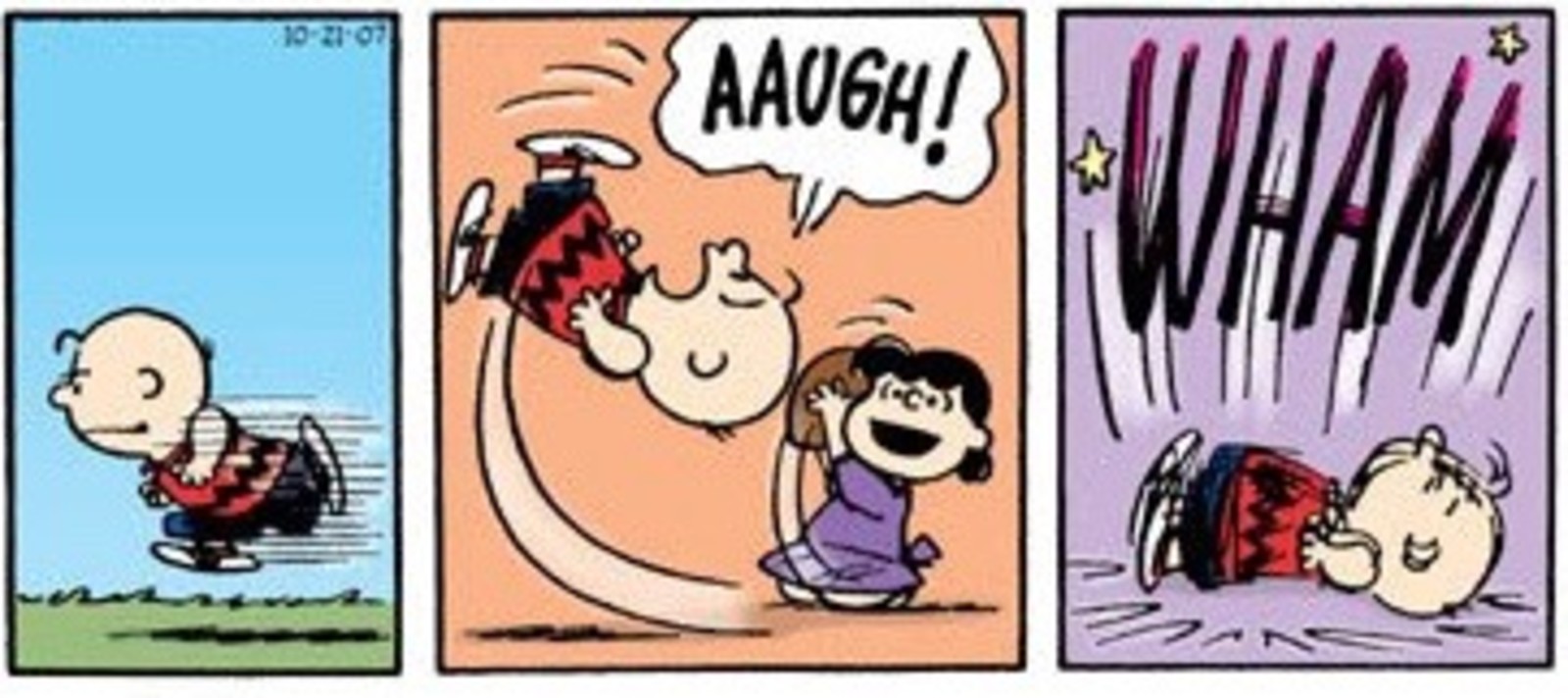
In a comic one reads pictures, rather than simply looking at them. Minds string these images together intuiting their movement, animating them both in our minds and before our eyes. Often rendered in a few quick strokes, these static images take flight as you connect the panels. When Charlie Brown is running to kick the football in one panel and lying on his back in the next with Lucy holding the football you have seen the action in your mind. Both the passage of time and the frozen moment exist simultaneously.

Sequential images, or comics, have been around for a long time. Ancient Egyptian tombs contained sequential images. In France, the famed Bayeux Tapestry dates to 1070. And there are many more examples, too many to list here, but they remained one-offs. The printing press allowed comics to be distributed in mass form and they became ubiquitous.
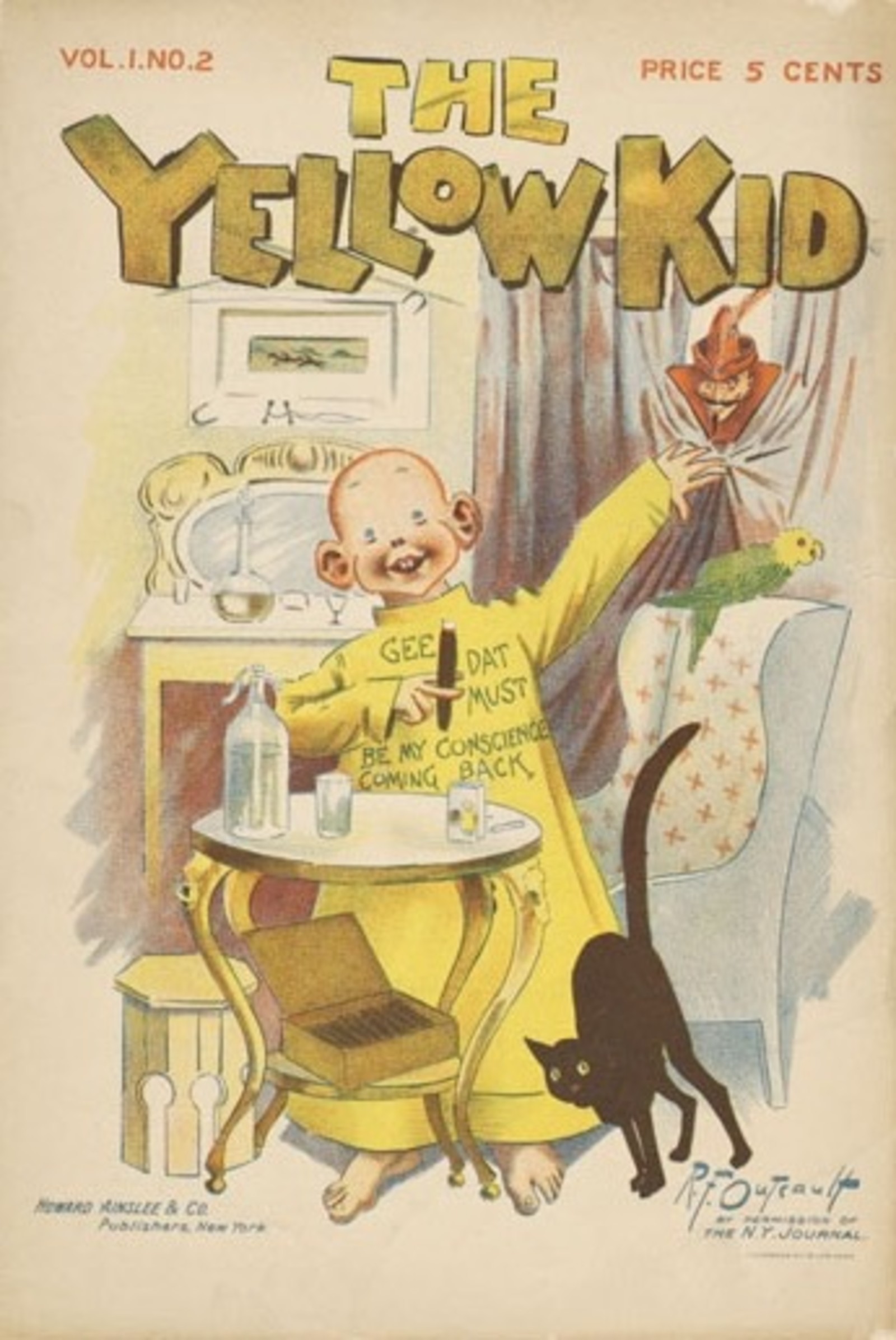
Many credit the first modern comic strip to Richard Outcault’s The Yellow Kid, which debuted in 1895, and was the first to use speech balloons. The strip helped sell newspapers and the comic industry was off and running.
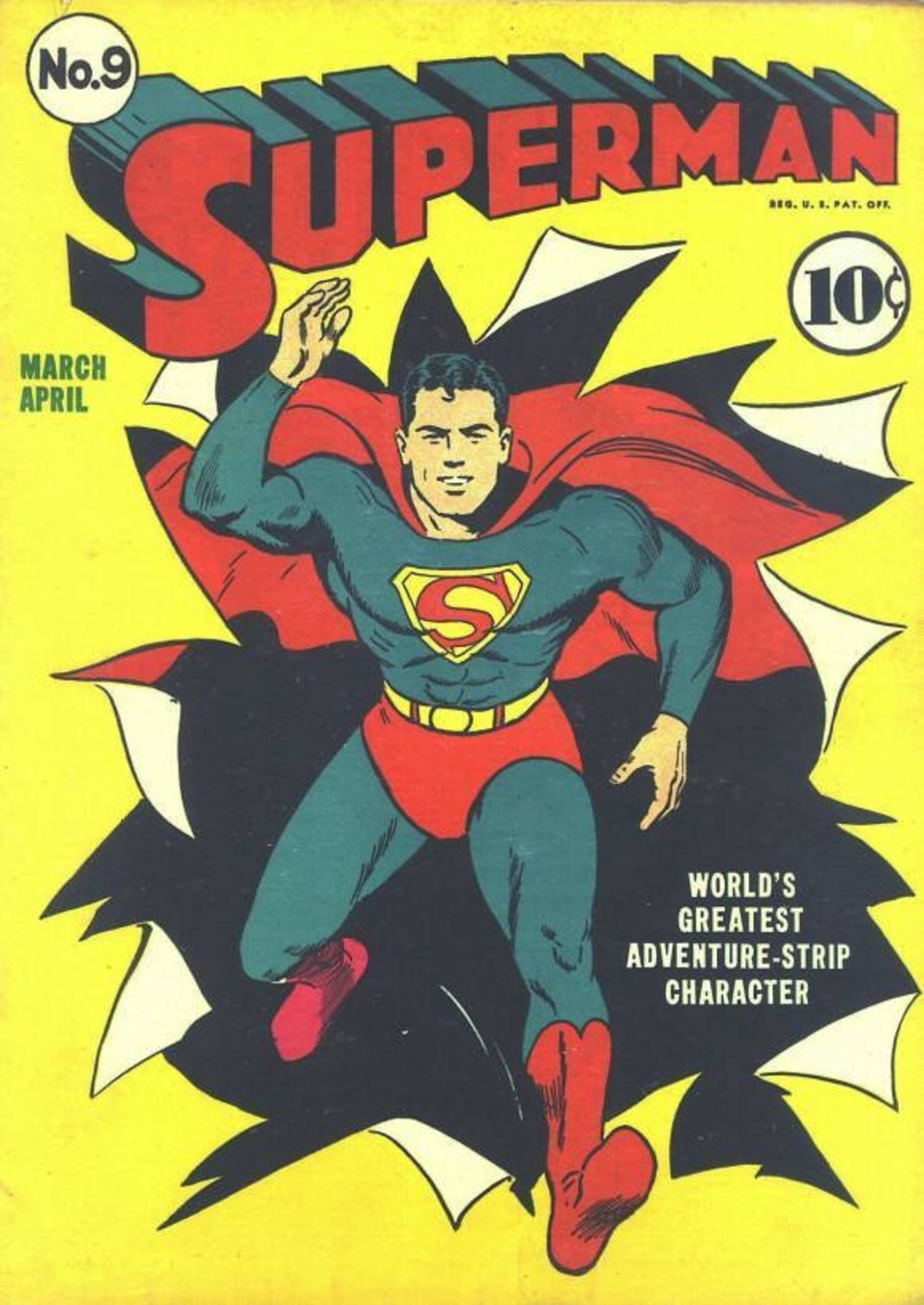
Marvel and DC Comics were both founded and thrived during the 1920’s to 1950’s as superheroes came to dominate the popular medium. Superman, Batman, Wonder Woman and Captain America were created during this period. But another type of non-superhero comic proliferated as well, a working-class art form about working-class people. In a 2013 interview with The Guardian, Chris Ware, graphic novelist said, “Take Gasoline Alley – that strip suddenly became about real life, it had a continuing narrative and a warmth. They knew the readers of the newspaper were regular people who didn't want to be talked down to. That's appealing to me: it seems like the best possible America, the point at which the ideals coalesce into a popular art form that could actually be great.”
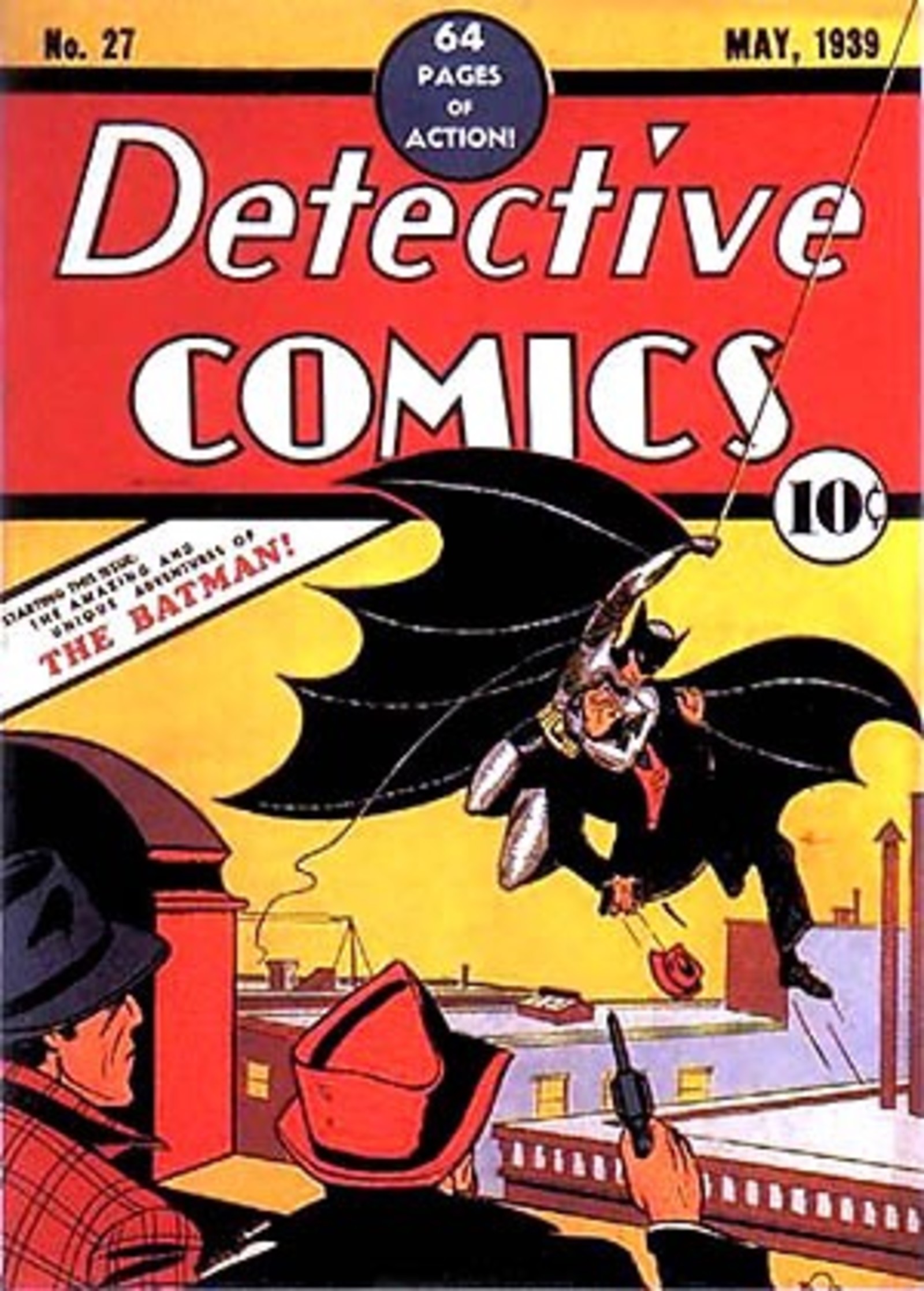
In the 1950’s a moral panic over comic books swept through America. A psychiatrist Fredric Wertham warned that comic books led to delinquency and addiction. Senate hearings were held. Fearing government regulation, the comics industry voluntarily adopted the Comics Code Authority to enforce stern new industry standards of decency and morality. Comic magazines were driven out of business by the dozens.
For much of the 20th century comics had such a negative connotation that many comic artists preferred to be known as illustrators or cartoonists. “In the 60’s comics lay in the dim margins of culture. Emasculated in the witch hunts of the 50’s they were largely saccharine and censored, juvenile reading material at best,” wrote Dave Gibbons, co-author of The Watchmen.
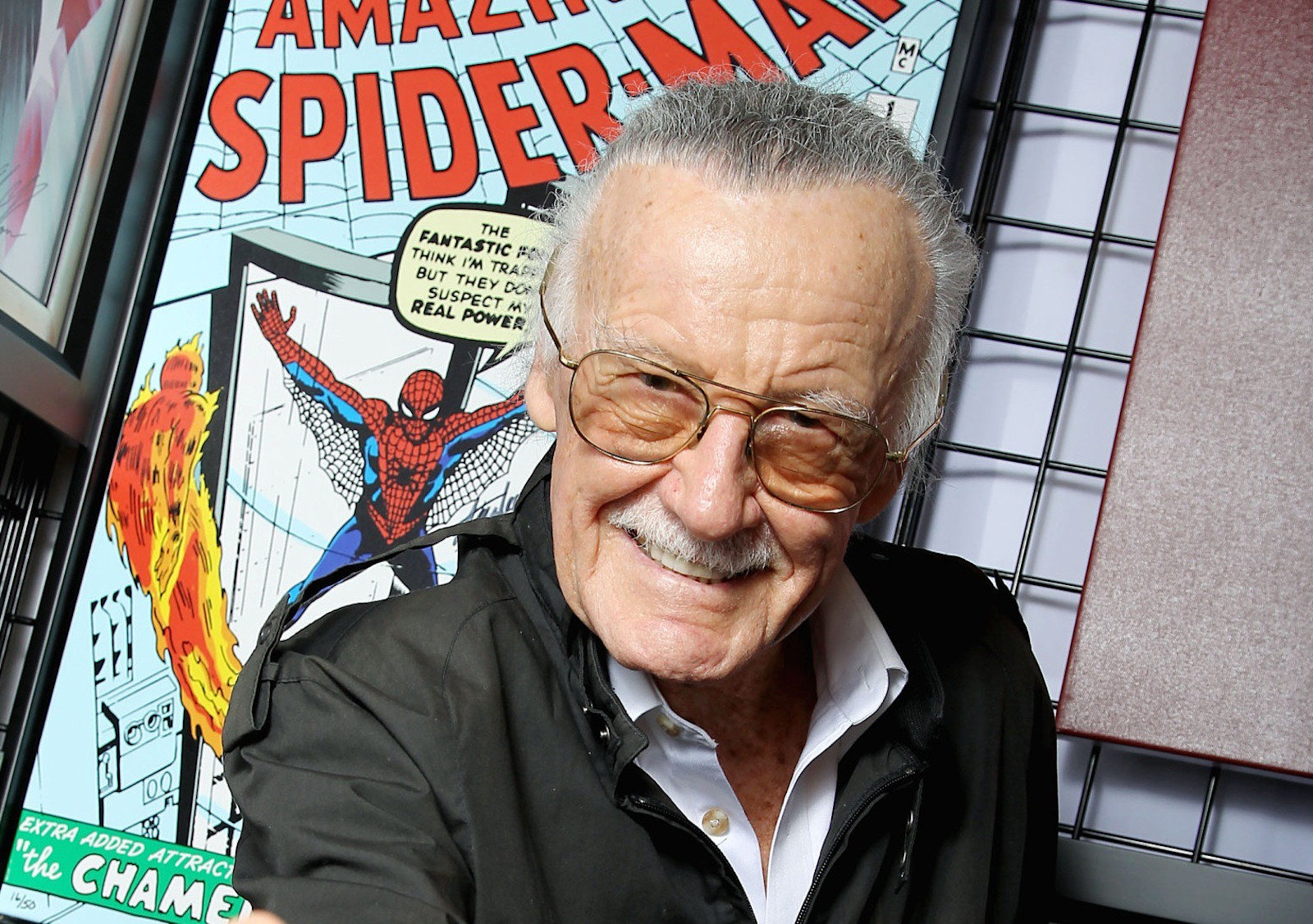
Back then Stan Lee, creator of Spider-Man, Ironman, X-men, and Fantastic Four wouldn’t admit that he wrote comics.“I was really ready to quit,” he told NPR earlier this year. “I was getting sick of doing these one-character-punches-another and says, ‘Take that, you rat.’ So my wife said to me, ‘You want to quit. Before you do, why don't you get one story out of your system? Do one the way you want to do it. The worst that will happen, he'll fire you. But you want to quit anyway. So what have you got to lose?’ So that's when I did the Fantastic Four.”
The Fantastic Four were multi-dimensional personalities. They dealt with angst. The characters became interesting, not just the costume. During the 60’s cold-war anxieties were high and the Vietnam War had altered America’s perception of itself. Perhaps best symbolized by the X-Men, superheroes were frequently depicted as misunderstood outsiders. They spoke to America’s disorientation.
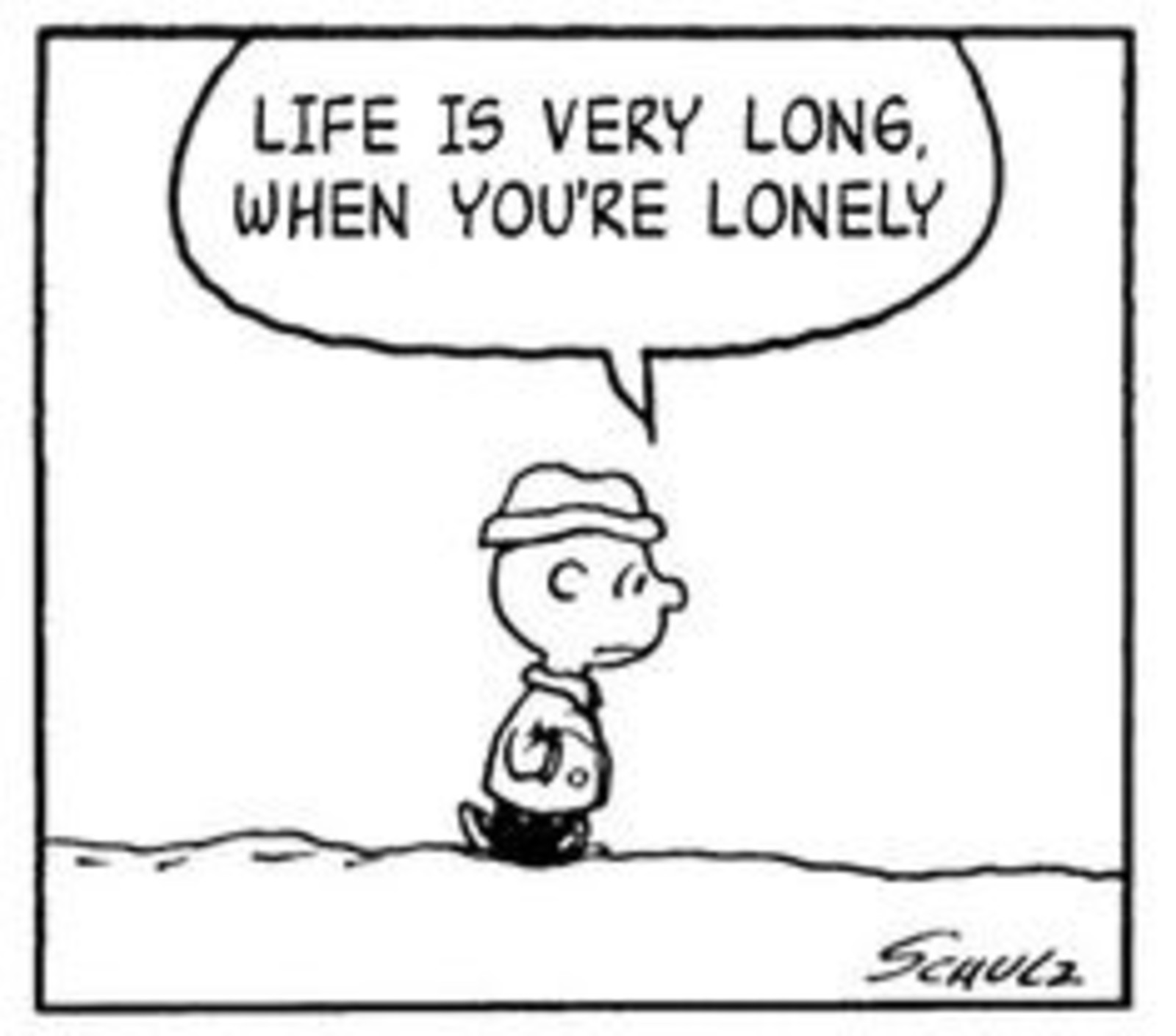
Meanwhile, Charles Shultz’s Peanuts had become widely syndicated. “Schulz was the first cartoonist to introduce the idea that you could empathize with a cartoon character: Charlie Brown felt bad about himself, so you end up feeling bad for him,” Chris Ware said. “It's Schulz in a molten core on the page. Not only do you feel for the character, you feel through the character, and that's necessary for any kind of literature to happen.”
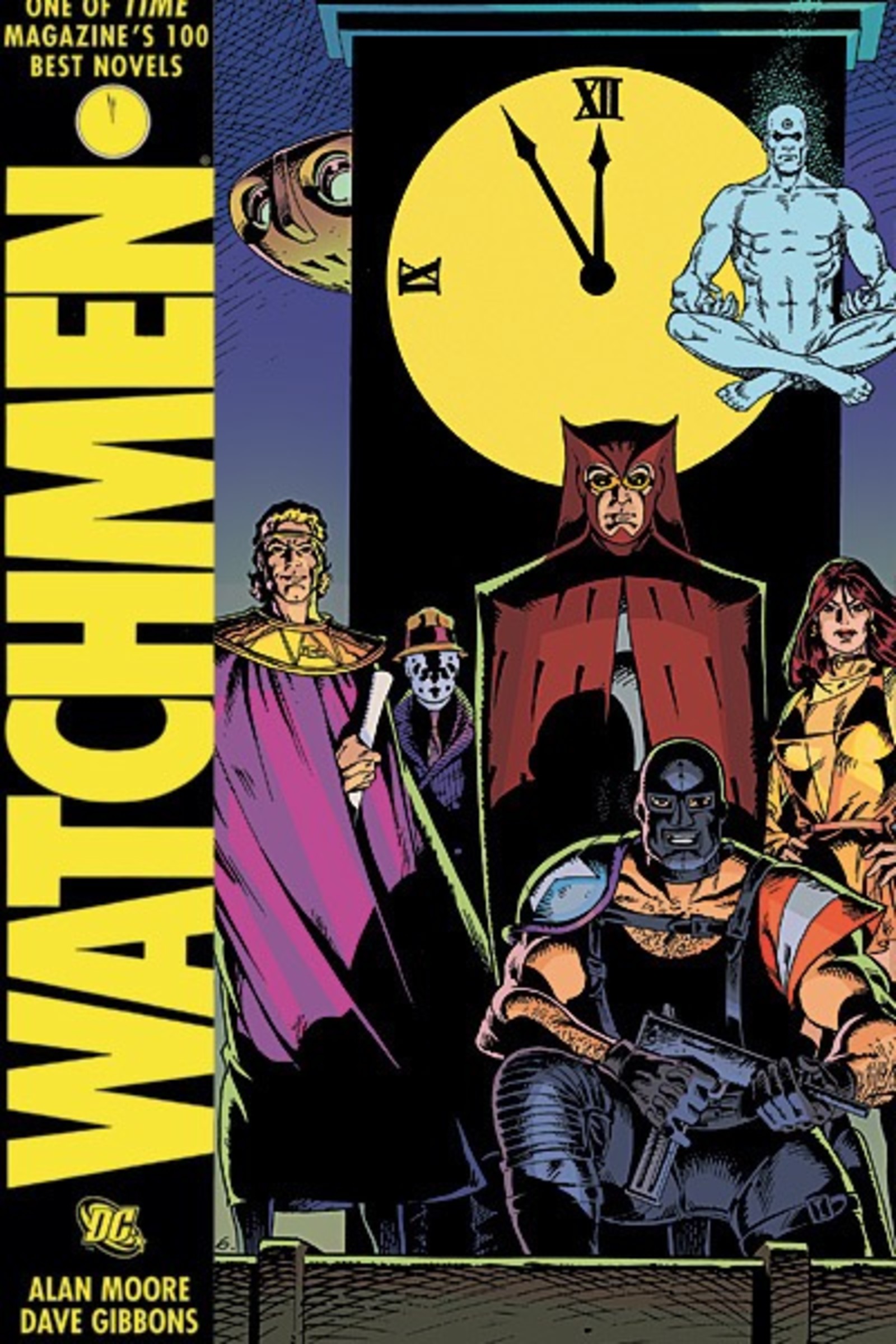
And literature it has become. Graphic Novels such as Maus by Art Spiegelman, which won a Pulitzer Prize, The Watchmen by Alan Moore and Dave Gibbons placed in Time’s list of 100 Best Novels, and Frank Miller’s The Dark Knight Returns helped bring the idea of comics for adults into the mainstream.

Today the world of comics is rich and varied, from those with tights and capes to grown-up comics like the influential Love and Rockets by the Hernandez brothers. Even recent National Book award winner Ta-Nehesi Coates has begun writing The Black Panther for Marvel Comics. Wherever your tastes slant, the singular magic of comics has touched us all.

